The Rameswaram and Dhanushkodi Coastal Tour is a spiritual and scenic journey along India’s southeastern coast in Tamil Nadu, connecting two iconic destinations:
- Rameswaram: A sacred pilgrimage town renowned for the Ramanathaswamy Temple, featuring long corridors, sacred tanks, and historic architecture.
- Dhanushkodi: A ghost town at the tip of the Pamban Island, famous for its beaches, ruins, and proximity to Adam’s Bridge. Rameswaram and Dhanushkodi Coastal Tour.
Why it’s famous:
- Spiritual significance as one of the Char Dhams of India.
- Coastal scenery including golden beaches, shallow lagoons, and turquoise waters.
- Historical ruins of Dhanushkodi, destroyed in the 1964 cyclone, offering a unique landscape.
- Opportunities for photography, nature walks, and experiencing local Tamil culture.
This tour is ideal for pilgrims, history enthusiasts, photographers, and travelers seeking serene coastal experiences.
Best Time to Visit
- October to March: Pleasant weather (24–32°C), ideal for sightseeing, beach walks, and temple visits.
- April to June: Hot and humid; early morning visits recommended for comfort.
- Monsoon (July to September): Heavy rains may disrupt travel; beaches can be rough.
Optimal Season: October to March for comfortable coastal tours and spiritual visits.
How to Reach Rameswaram and Dhanushkodi
By Air
- Madurai Airport is the nearest airport (~170 km from Rameswaram).
- From Madurai, taxis or buses connect to Rameswaram.
By Train
- Rameswaram Railway Station is well-connected to major cities like Chennai, Madurai, and Trichy.
- Trains offer a scenic journey over the Pamban Bridge, one of India’s most famous rail bridges.
By Road
- Connected via NH87 and state highways, accessible by buses, taxis, and private vehicles.
- Buses operate from Madurai, Trichy, and Ramanathapuram to Rameswaram.
Within Rameswaram
- Auto-rickshaws and taxis are available for temple visits and short trips to Dhanushkodi.
Entry Fees and Permits
- Ramanathaswamy Temple: Nominal entry fee (approx. INR 50, subject to change).
- Dhanushkodi Beach: Free entry; no permit required for casual visits.
- Special areas: Photography or drone usage may require permission from local authorities.
- No complex permits are generally needed for tourism, making this a hassle-free coastal tour.
Food Availability and Meal Options
- Local cuisine: Tamil coastal dishes featuring fish, prawns, coconut-based curries, and steamed rice.
- Vegetarian options: Available near temple complexes, including sundal, vadas, dosas, and prasadam.
- On-route eateries: Small cafes and dhabas offer snacks, tea, and refreshments.
- Carry bottled water for beach visits and day-long tours.
Packing List and Essentials
Clothing
- Light, breathable clothing suitable for tropical climate.
- Modest attire for temple visits; cover shoulders and knees.
- Comfortable shoes or sandals for temple corridors, beach walks, and minor treks.
Accessories
- Sunglasses, hat, and sunscreen for sun protection.
- Camera or smartphone for photography.
- Small backpack for day trips, water, snacks, and personal items.
Health & Safety
- Hand sanitizer, wet wipes, and a basic first-aid kit.
- Insect repellent, especially for coastal and lagoon areas.
- Medications for motion sickness or digestive needs, if required.
Safety Tips and Local Regulations
- Respect temple rules: remove shoes, avoid photography in restricted areas.
- Follow local guidelines while exploring Dhanushkodi ruins; avoid fragile structures.
- Stay on marked pathways along beaches and coastal dunes.
- Avoid swimming in rough sea conditions; tides can be unpredictable.
- Keep valuables secure; beaches and remote areas may have fewer facilities. Rameswaram and Dhanushkodi Coastal Tour.
Tips for Beginners or First-Time Visitors
- Plan early morning visits to Ramanathaswamy Temple for fewer crowds.
- Hire a local guide to learn about temple architecture, legends, and coastal history.
- Combine temple tours with Dhanushkodi beach exploration in a day trip.
- Carry light snacks and water for long coastal walks.
- Allocate at least 2–3 days to explore both Rameswaram and Dhanushkodi leisurely.
Local Customs and Cultural Etiquette
- Dress modestly and remove shoes before entering temples. Rameswaram and Dhanushkodi Coastal Tour.
- Speak softly and maintain decorum inside sacred spaces.
- Respect ongoing rituals, offerings, and temple priests.
- Avoid littering; coastal areas are ecologically sensitive.
- Ask before photographing local devotees or ceremonies.
FAQ Section
1. How long does the Rameswaram and Dhanushkodi tour take?
- Typically 2–3 days, depending on temple visits and coastal exploration.
2. Are the areas suitable for families?
- Yes, safe for families, including children and elders.
3. Are restrooms available?
- Restrooms are available at major temples and select beach areas.
4. What is the difficulty level?
- Easy; minor walking involved on beaches and temple corridors.
5. Can I hire guides for temple and coastal tours?
- Yes, local guides provide historical and cultural insights.
6. Are there safety concerns at Dhanushkodi?
- Mostly safe; avoid entering fragile ruins and swimming in rough waters.
7. Is photography allowed inside temples?
- Limited; check for restrictions before entering sanctum areas.
8. Can I combine this tour with other South Tamil Nadu attractions?
- Yes, nearby towns include Madurai, Rameswaram National Park, and coastal towns.
9. Are there accommodations nearby?
- Options include hotels, guesthouses, and homestays in Rameswaram.
10. What should I carry for the tour?
- Comfortable clothing, sunscreen, water, camera, snacks, and small change for offerings.
Conclusion
The Rameswaram and Dhanushkodi Coastal Tour combines spirituality, history, and natural beauty along India’s southeastern coast. From the sacred corridors of Ramanathaswamy Temple to the haunting beauty of Dhanushkodi ruins, this journey offers a unique mix of devotion, culture, and scenic exploration. Rameswaram and Dhanushkodi Coastal Tour.
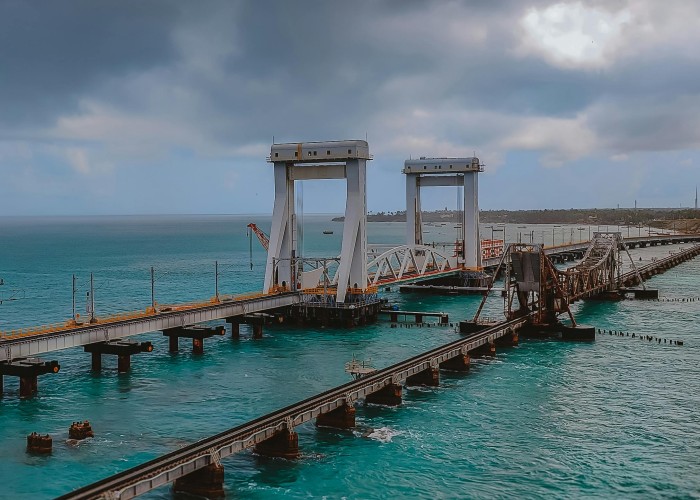
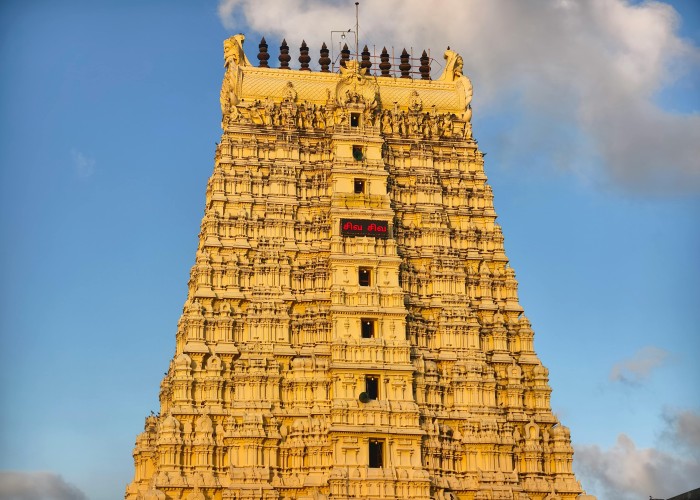
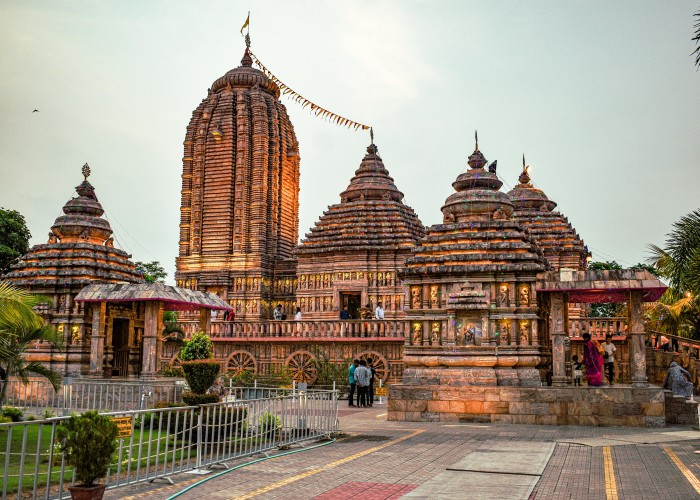
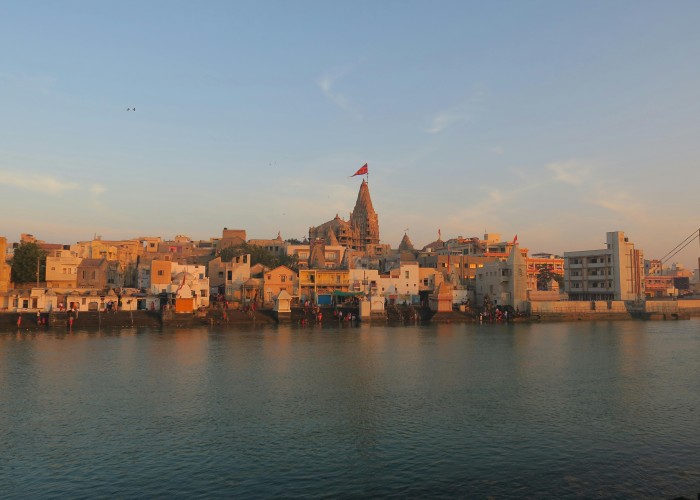
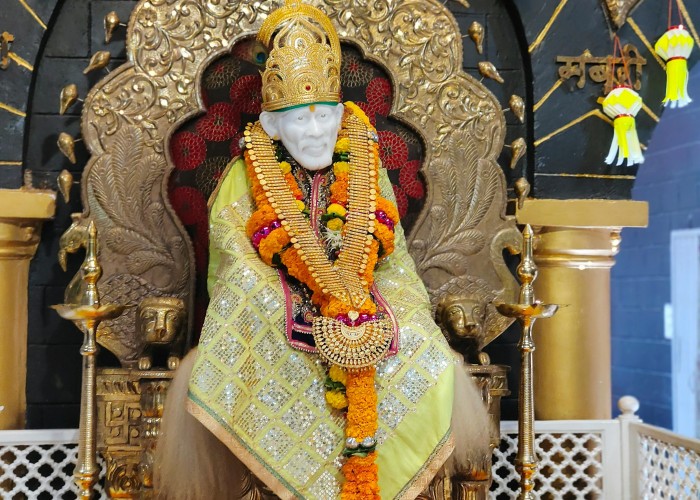
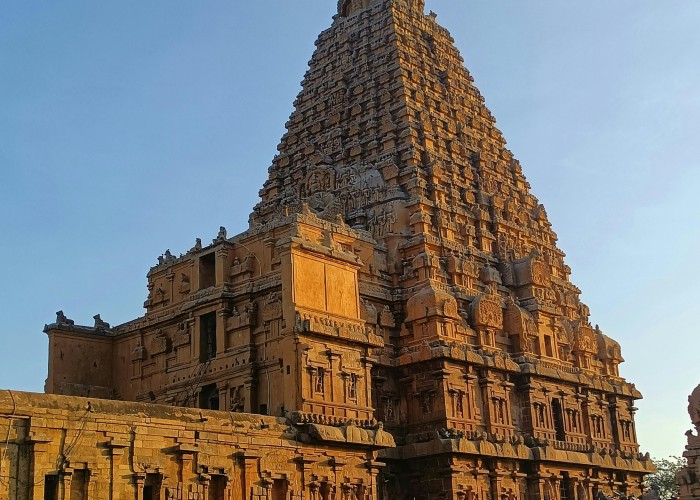
Leave a Reply